Separating the merely good players from the truly great
Early-stage B2B tech startups often face the same uphill battle: how do you stand out, build trust, and generate leads without the brand recognition or budget of larger competitors? The answer lies in leveraging creative, insight-driven marketing strategies that punch above your weight. This list compiles 15 actionable tactics that go beyond the basics. Each one is designed to help startups gain traction in crowded markets by turning constraints into strategic advantages.
Repackage internal training material as marketing
A smart way of getting the most out of your internal enablement or product training materials is to repurpose it as public-facing content. Your B2B prospects will value in-depth information that is delivered within these types of content. Internal manuals or onboarding materials can serve as trust signals, demonstrating maturity and operational sophistication.
Simplex Wireless turned its internal know-how and support guides into public educational content. The IoT SIM provider’s team noticed recurring setup questions, so they transformed their internal training docs into blog tutorials and how-to posts.One LinkedIn update even invites readers to “learn more about eSIM… Check out our new blog post!”. By repackaging internal training material into easy articles and guides, Simplex markets itself as a helpful expert while answering common customer questions up front.

Hijack niche comparison keywords before competitors do
If you have a niche brand that isn't well-known, think about attracting customers from your competitors or those interested in related products. One clever one is to use your blog to create "product A vs product B" or "alternatives to [competitor]" pages targeting low-competition, high-intent searches. These searches are made by buyers who are ready to decide, so ranking early can help you to earn trust before your bigger rivals even notice.
Savvi AI, a startup that simplifies and reduces the cost of AI/ML implementation for financial institutions, drives inbound interest by creating content that targets specific “X vs Y” searches in its niche. Their blog features posts like “When to use Excel vs. when to use ML”, which captures those who are comparing manual Excel analysis to machine learning solutions. By hijacking these niche comparison keywords (Excel vs ML, build vs buy AI, etc.), Savvi AI ensures that evaluators find Savvi during their research. This tactic draws in prospects searching for alternatives and positions Savvi against the status quo or incumbent tools.
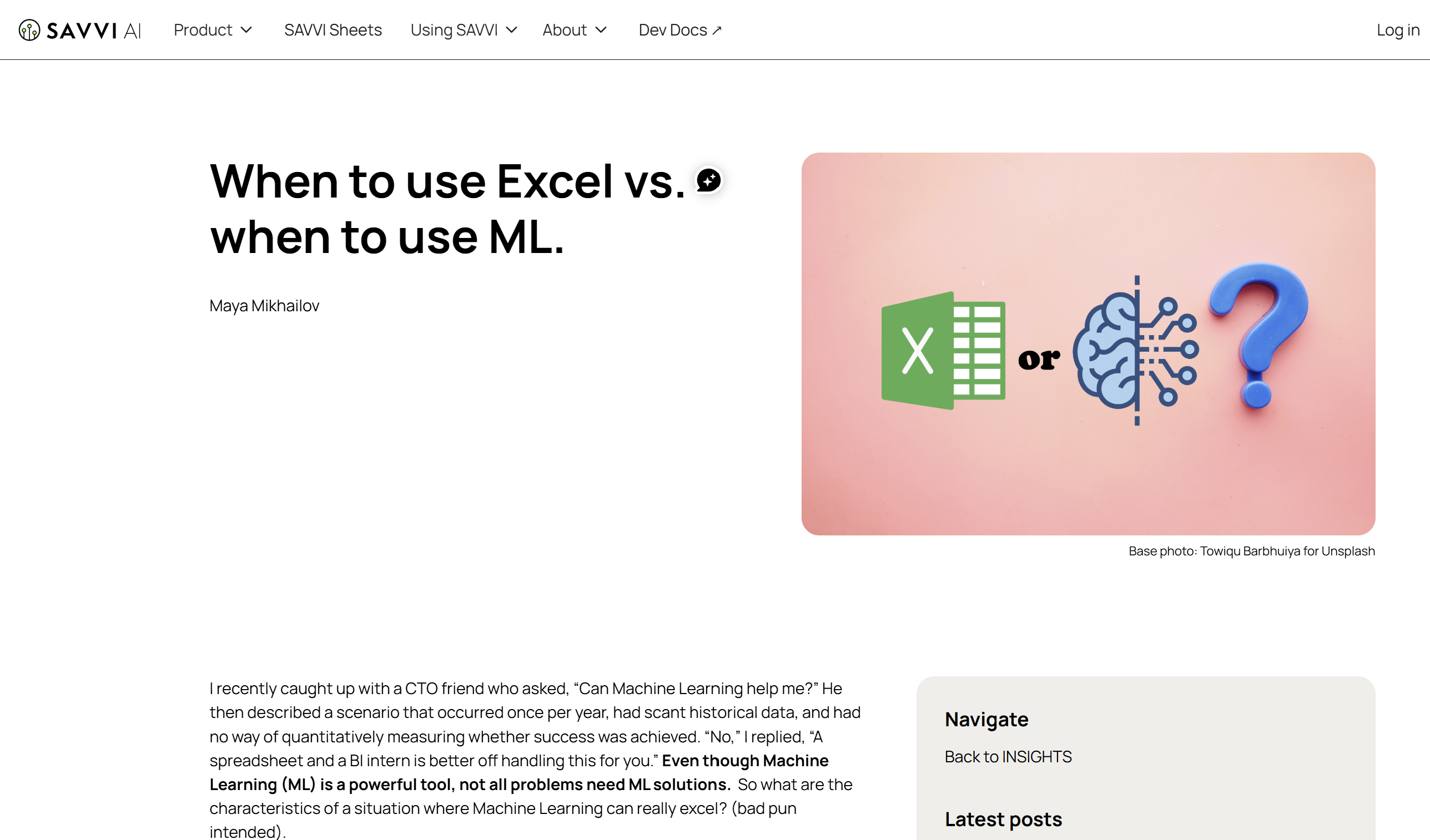
Use competitor churn to your advantage
Discovering customers who are unhappy with your competitors Find customers unhappy with your competitor (via G2, Capterra, Reddit, etc.). Reach out with tailored value propositions that directly address their pain points. Offer “switcher” pricing or onboarding help to make it easy.
Monday.com runs targeted “switcher campaigns” against competitors like Trello and Asana. They use intent data from G2 and Capterra (such as searches for "Trello alternatives") and even Reddit posts where users complain about pricing or UX. Their campaign pages offer custom onboarding, extended free trials, and direct comparisons that address competitor pain points.
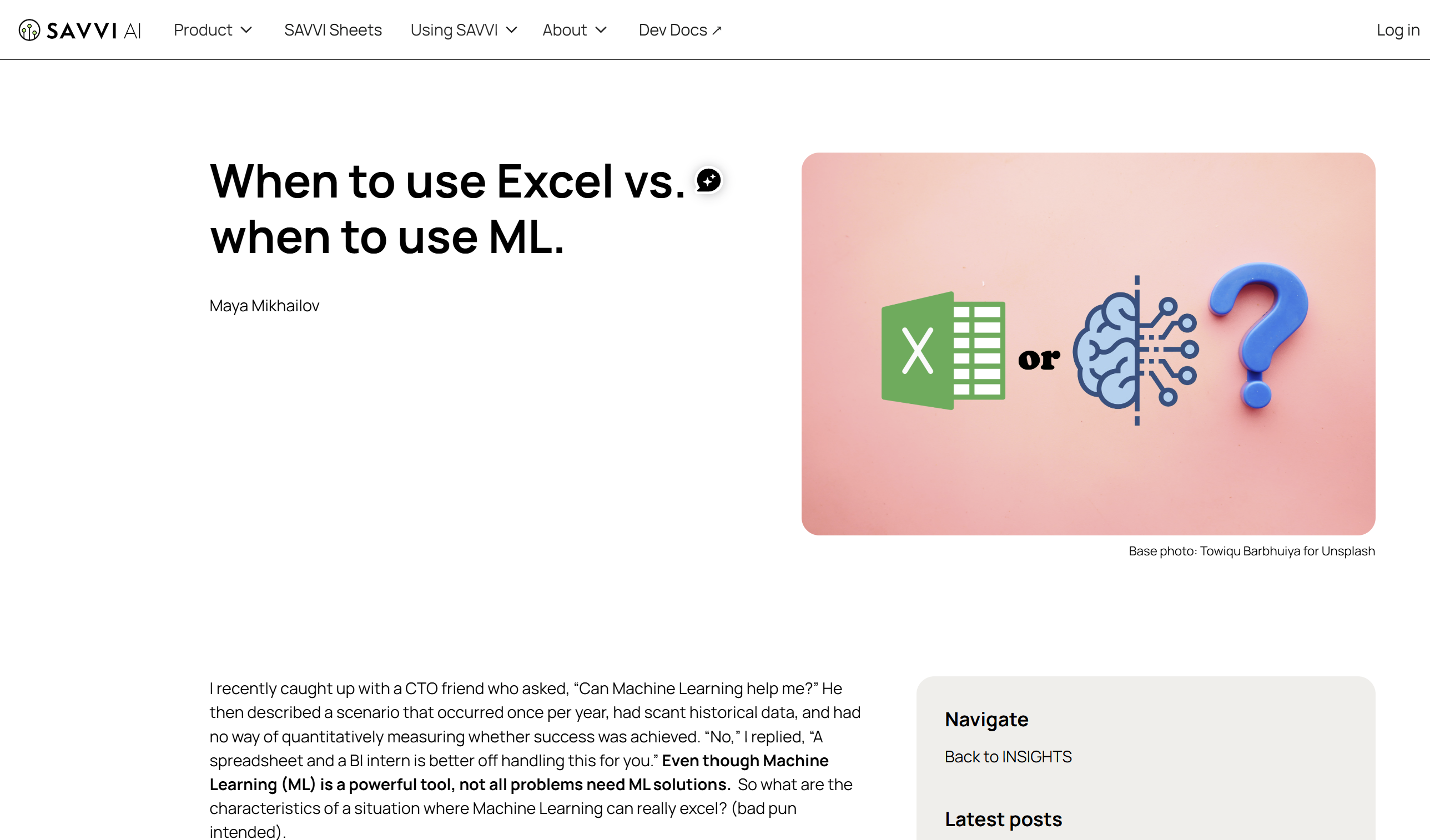
Embed yourself in niche tech communities
Instead of blasting social media, invest in just 2–3 niche forums or Slack/Discord groups (ex: Indie Hackers, DevOps.com, SaaS-focused LinkedIn groups). Be helpful daily, not salesy, drop insights, tools, or opinions. Build trust to generate leads.
Flower Labs built an open-source federated learning framework and actively cultivates its community. The startup invites AI researchers and practitioners into competitions and collaboration (participants even compete on a federated learning leaderboard). By embedding itself in this niche ML community – through GitHub projects, forums, and leaderboards – Flower Labs generates leads and feedback. Its presence in the community isn’t overt selling; instead, it contributes useful code and challenges, organically attracting potential B2B customers who value its expertise.

Host micro-roundtables
Host invite-only 30-min Zoom calls with 5-7 industry peers (ex: data engineers, startup CTOs). Let them talk to each other about problems. Follow up with content repurposed as an “industry trends” piece and build relationships naturally.
Voltron Data, an enterprise data infrastructure startup, has used intimate roundtable events to engage its target audience. In August 2024, the company co-hostedan exclusive “Executive Roundtable” in San Francisco, inviting tech and venture leaders for a small-group discussion. By organizing these micro-events, Voltron Data positioned itself as a facilitator of high-value industry conversations, building relationships with prospects and partners in a way large conferences can’t. This roundtable strategy demonstrates how a young B2B tech firm can replace broad events with curated micro-roundtables to drive networking and thought leadership.
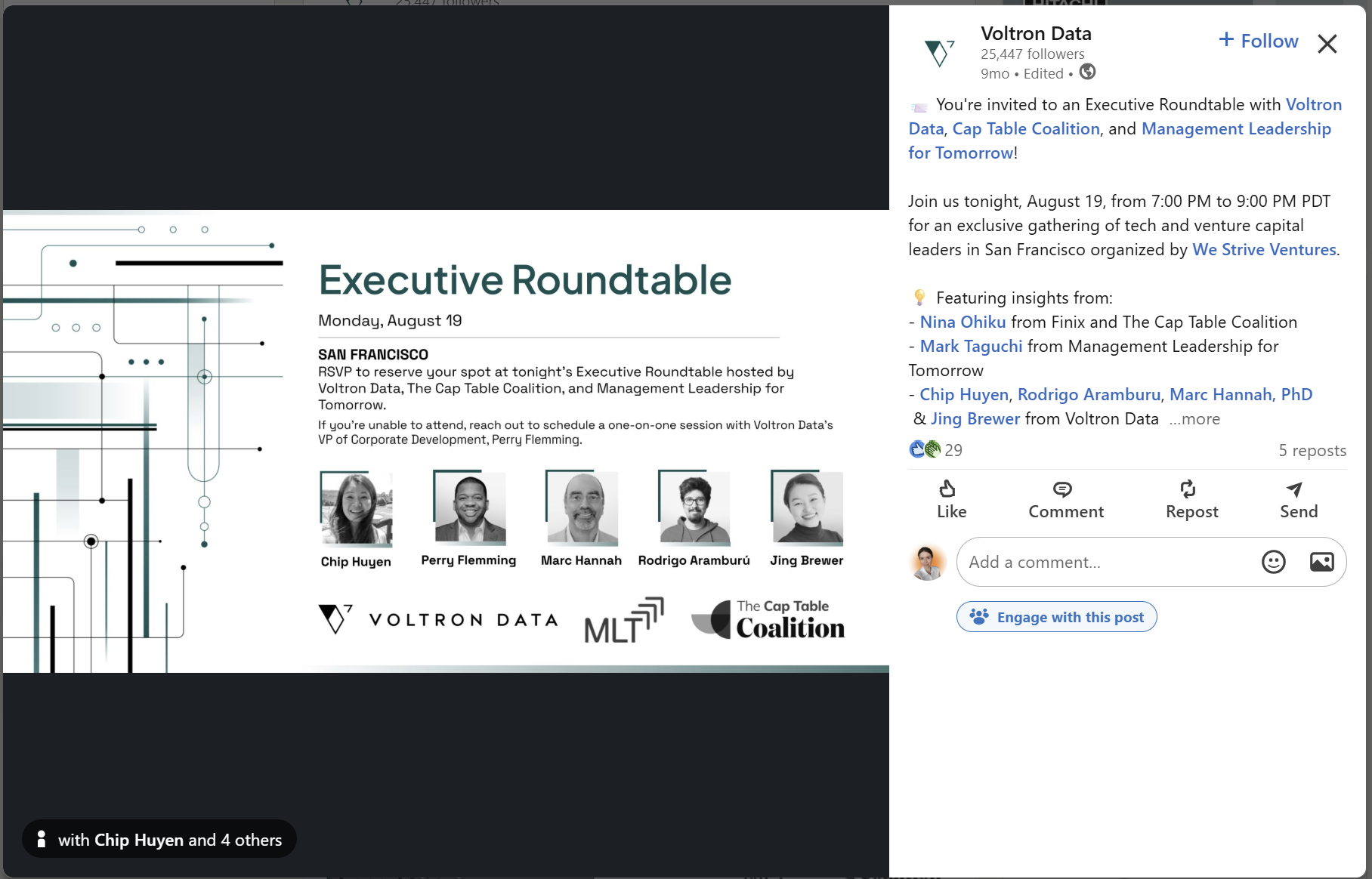
Open source a utility, but design it for lead gen
Instead of just open-sourcing something random, release a small but truly useful tool that your team is already using internally (it can be a script, CLI tool, or dashboard component). Promote it in tech communities, open a GitHub discussion, or create a page optimized for organic search.
To generate leads, Black Forest Labs open-sourced its AI image model “FLUX.” The startupmade its cutting-edge model freely available on platformslike HuggingFace and GitHub, claiming it wants to reach “a wide audience”. In reality, this open-source tool acts as a marketing magnet: hundreds of developers and firms now experiment with FLUX, and those seeking enterprise support or custom versions naturally turn into inbound leads for Black Forest Labs.
Providing a free, useful tool allows the company to establish its market, build trust, and create a lead pipeline of potential customers who may need more than the basic free offering.
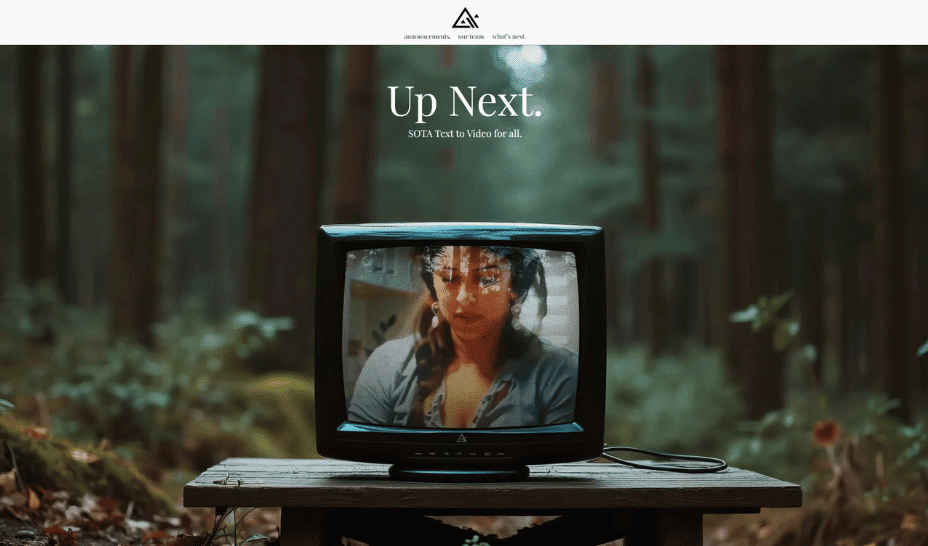
Hyper-personalized microsites for top targets
Consider building custom landing pages for your most promising leads. Include their logo, a personalized message, and potential ROI. It effectively demonstrates considerable effort. Tools like Webflow or Carrd can simplify the process. You could also add a quick 60-second Loom video walkthrough to the landing page and use it in follow-up emails.
AI-driven sales platform Xaver’s sales team creates one-to-one microsites tailored to each major prospect. Instead of sending a generic brochure, Xaver builds a custom mini-site for, say, “ACME Bank,” filled with content using ACME’s branding and specific pain-points. This might include use-cases relevant to that prospect and ROI estimates using their data. According to industry playbooks, such personalized microsites make a huge impact. Prospects get a landing page “fully tailored to [their] industry” and needs. Xaver has found these microsites keep stakeholders engaged (with time-on-page far above standard) and often get forwarded internally, effectively acting as a bespoke pitch deck that sells for them.

Engineer a “public win” (micro-case study with a small client)
Do a mini-project for a smaller B2B client (even for free or at cost) and turn it into a high-impact case study. Focus on business value delivered in weeks, not months. Share it as a series on LinkedIn, in niche Slack communities, and in newsletters.
FLUIX AI deliberately engineered a public “win” by running a pilot and turning it into a mini case study. The climate/AI startup, which optimizes data center energy use, completed a 6-month pilot with a client (Solideon) that cut server room energy consumption by 65%. FLUIX then highlighted this success in its funding announcement, noting the case study results were “instrumental” in landing new customers By publicly showcasing a concrete client win at small scale, FLUIX built credibility and momentum. This micro–case study tactic – essentially a public proof-of-concept – provided social proof to attract investors and more business.

Mine sales call gold for content
Analyze each sales call to identify objections, insights, and frequently asked questions. Transform these findings into:
blog articles
LinkedIn videos
presentation decks
customer testimonials
brief case studies for landing pages
and more.
Your clients have already provided your marketing strategy.
Ovom Care turns recurring questions from sales calls into valuable content. Noticing that prospective IVF clinics kept asking about success rates and AI’s role,Ovom created a “Fertility IQ” knowledge center addressing these topics. They publish insights like how their AI improved fertilization rates by 13% over the norm, directly responding to the curiosities and concerns heard in sales meetings. By mining those conversations, Ovom’s marketing team produces blog posts, Q&A guides, and whitepapers that resonate with leads. This content not only educates future prospects (often answering questions before they’re even asked) but also reinforces Ovom’s authority in fertility analytics.

Maintain a “kill sheet” for competitor migrations
Systematically track every failed migration or bad experience customers had with your competitors. Turn these into anonymized teardown articles or internal sales docs. It arms your sales team with real, current ammunition, and helps position you as the safe, credible alternative.
Statsig, a B2B SaaS analytics startup, openly produces content comparing its product to competitors – effectively a public “kill sheet.” On its blog, Statsig publishesdetailed head-to-head breakdowns(e.g. Statsig vs. Mixpanel) to emphasize its strengths in experimentation and technical depth. These comparison articles mention competitor features but highlight where Statsig stands out. Keeping these competitor teardown pages helps Statsig improve bottom-of-funnel SEO. This is for users searching for “X vs Y.” It also arms its sales team and prospects with transparent insights. This approach replaces a private kill-sheet with public content that frames the narrative in Statsig’s favor.
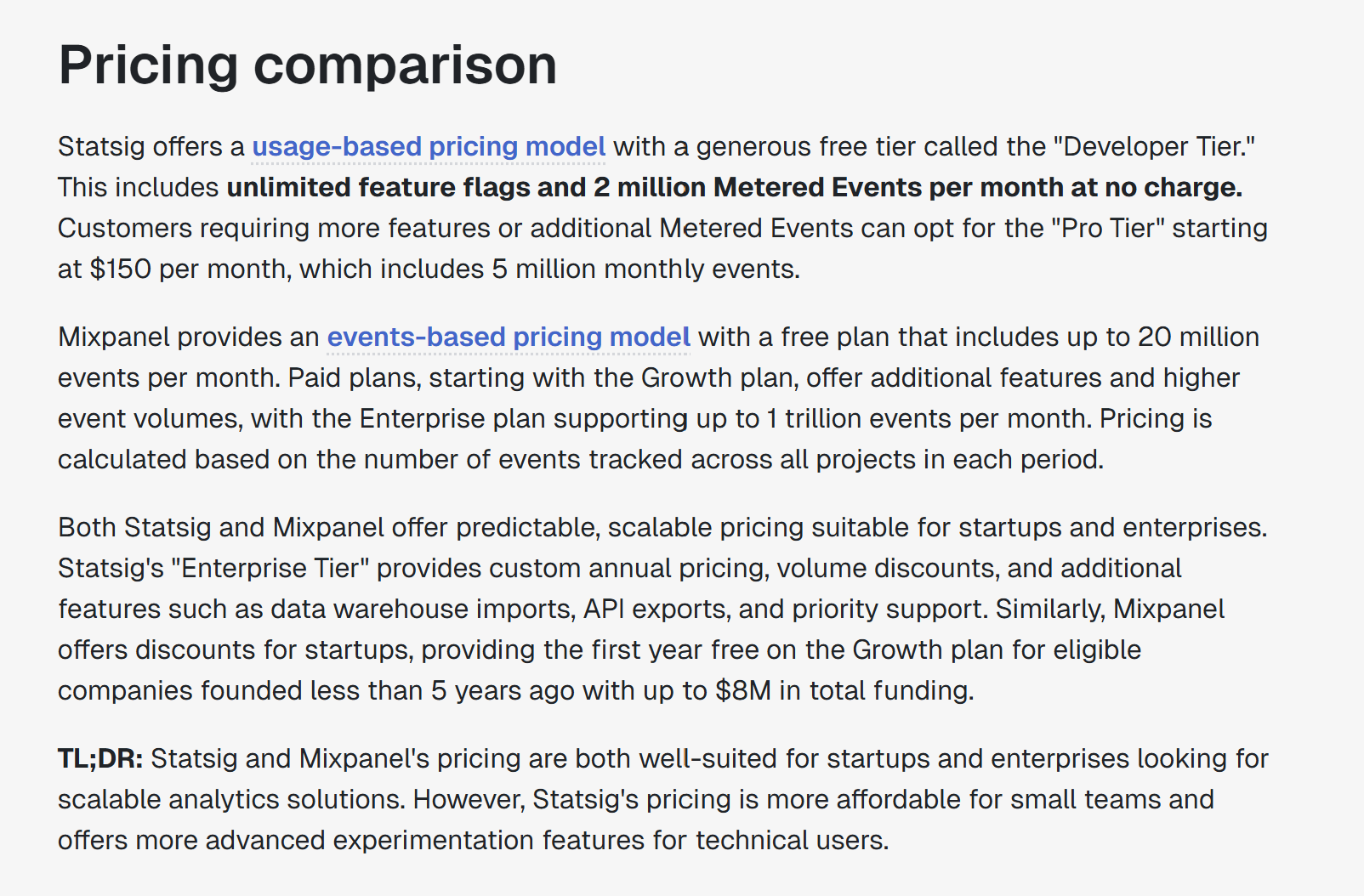
Reverse thought leadership
Instead of solely creating your own content, consider interviewing junior or mid-level employees within your target companies to understand their daily tasks and challenges. You can incorporate their perspectives into your content. This approach can cultivate internal champions and naturally distribute your content throughout your potential clients' organizations.
Bees & Bears flips traditional thought leadership by spotlighting external experts and partners. Instead of only pushing its own voice, this renewable energy financing startup elevates small solar installers and industry players on its platform. By “leveling the playing field” for these contractors, Bees & Bears positions them as thought leaders – which in turn builds Bees & Bears’ credibility. This reverse approach attracts customers who trust the independent expertise being highlighted, rather than just self-promotion.
Create a “no-bullshit” pricing transparency page
Even in enterprise sales, buyers hate opaque pricing. Build a separate micro-landing page or content hub titled “How to actually budget for [your solution]” with ranges, implementation caveats, and ROI calculators. This shortcut builds immediate trust.
Deeploi bucks the enterprise norm by displaying its prices openly. On its website, deeploi shows asimple flat-rate model. This transparency builds trust with B2B buyers. Instead of the usual “Contact sales for pricing,” deeploi allows prospects to see clear costs, helping to avoid sticker shock later. By demystifying pricing, deeploi attracts cost-conscious SMBs who appreciate the up-front honesty and can easily compare value.
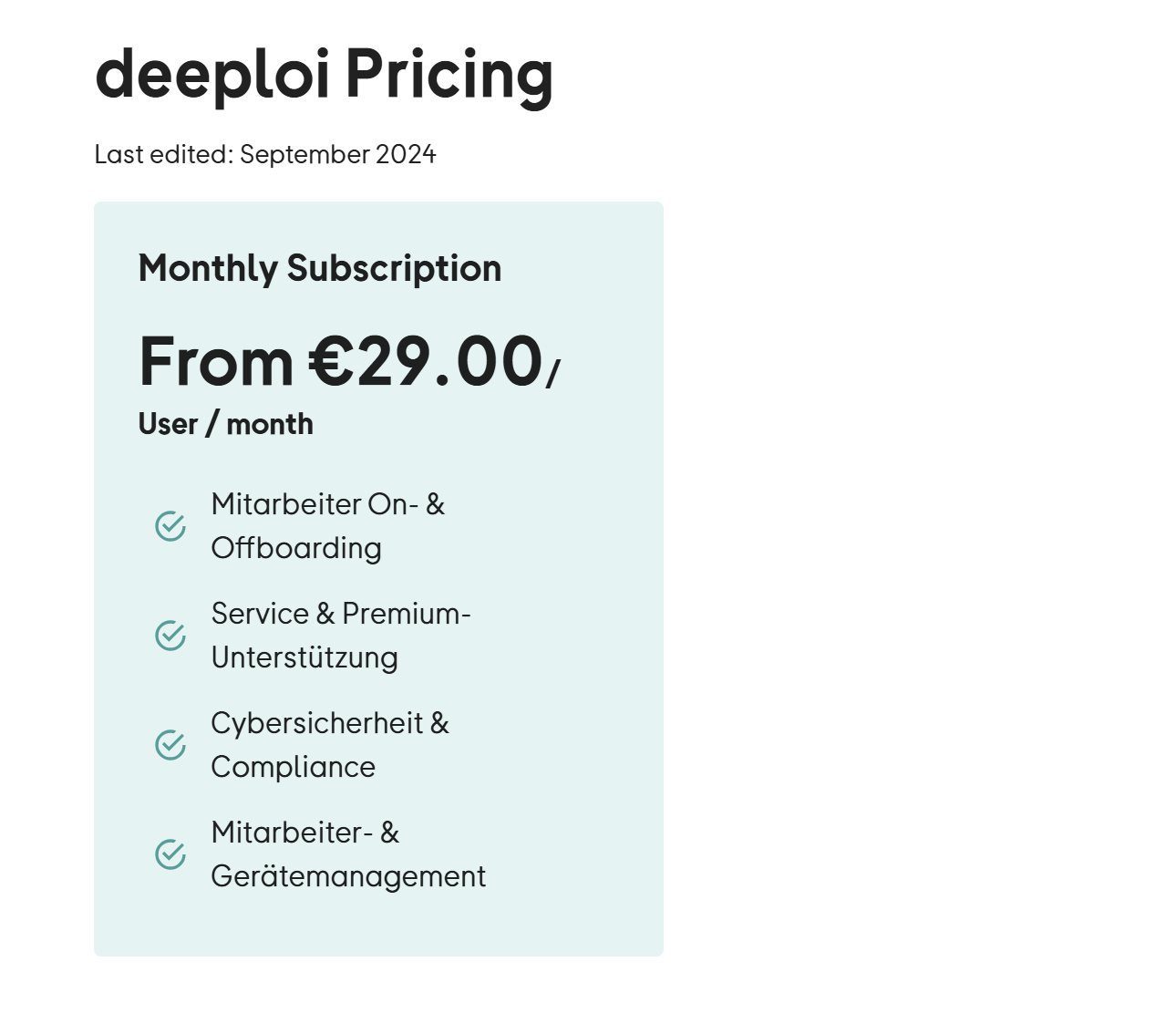
Use competitive employee movement as triggers
Track employee transitions with platforms like Sales Navigator or Pipl. When a user of your product joins a new organization, connect with them and propose an "alumni offer." They are frequently inclined to introduce known and trusted solutions in their new workplace.
TetraScience, a B2B SaaS platform for life sciences R&D data, leverages LinkedIn Sales Navigator to track key employee changes and organizational hierarchies at target accounts. When a contact from a previous deal changes companies, TetraScience’s sales team uses updated LinkedIn data to identify that person’s new role and re-engage with a relevant, contextual offer. According to their Sales Navigator case study, TetraScience uses these signals to “identify economic buyers with extreme precision and focus,” and to align outreach with key transitions within organizations.
Deploy “executive whisperers”
Instead of targeting C-level directly, engage their chiefs of staff, EAs, or strategy leads. These gatekeepers often conduct due diligence and influence shortlists. Create high-credibility resources specifically for their concerns like risk mitigation, integration challenges, or governance.
Proxima Fusion relies on high-profile backers and advisors to open doors at the highest levels. The fusion energy startup has attracted notable industry leaders. For instance, the president of a defense unicorn acts asan investor and advisor to Proxima’s founders. These seasoned executives serve as “whisperers,” quietly advocating for Proxima in their networks. The company leverages influential supporters for meetings with utility CEOs or government officials, enhancing its credibility. This backing legitimizes its ambitious project and enables high-level discussions typically inaccessible to young startups.
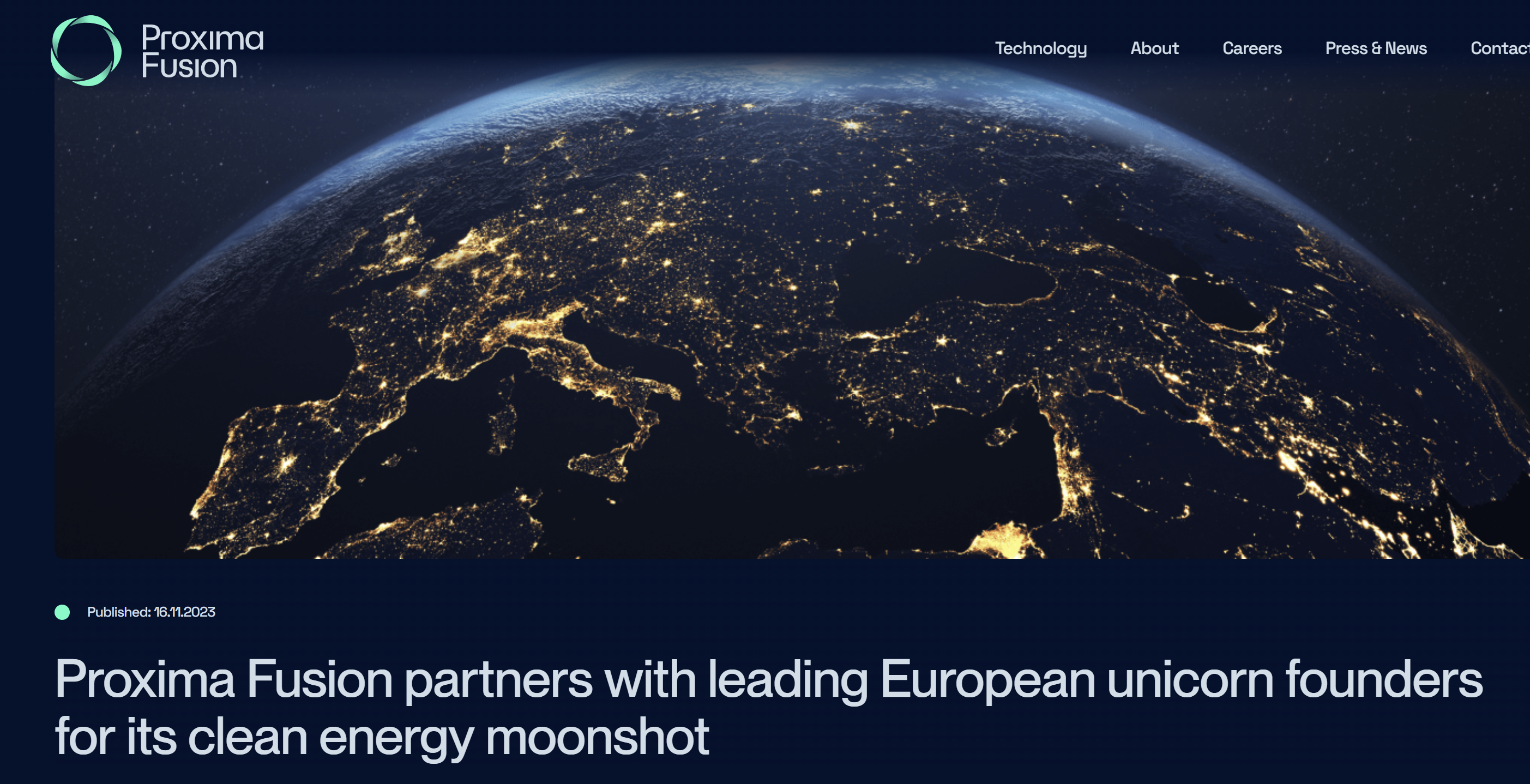
Audit and optimize your post-sale marketing
Most B2B marketers focus entirely on lead gen. But improving onboarding emails, in-app messages, and upsell sequences can dramatically boost LTV. Marketing post-sale is rare, but highly profitable in B2B SaaS and services.
Launched in 2023 by Scoop Analytics,Champion is an AI-powered platform focused on post-sale marketing for B2B SaaS companies. It nurtures existing customers to drive expansion and referrals through targeted content, upsell campaigns, and advocacy programs. Champion emphasizes that marketing should continue after the initial sale to maximize revenue and retention from current users.
Work with Grow.Repeat to jump-start your B2B Saas success
The best B2B SaaS marketing strategies aren’t just clever, they’re tested, repeatable, and tailored to your unique growth stage. At Grow.Repeat, we specialize in helping ambitious startups and tech companies build and scale revenue-generating content ecosystems.
We don’t believe in fluff. We believe in measurable outcomes, fast iteration, and strategies that compound over time.
If you’re ready to unlock a smarter way to grow, we’re ready to help you do it, and repeat it.
Founder & CEO at Grow.Repeat
Alina is a B2B marketing leader with 10+ years of experience driving growth through content, SEO, and funnel optimization strategies. Formerly Head of Marketing at Semrush and Growth leader at Smartcat, she's led initiatives that delivered triple-digit pipeline increase and turned websites into scalable revenue engines. Alina specializes in building marketing systems that align with business goals, grounded in data and optimized for long-term impact.
